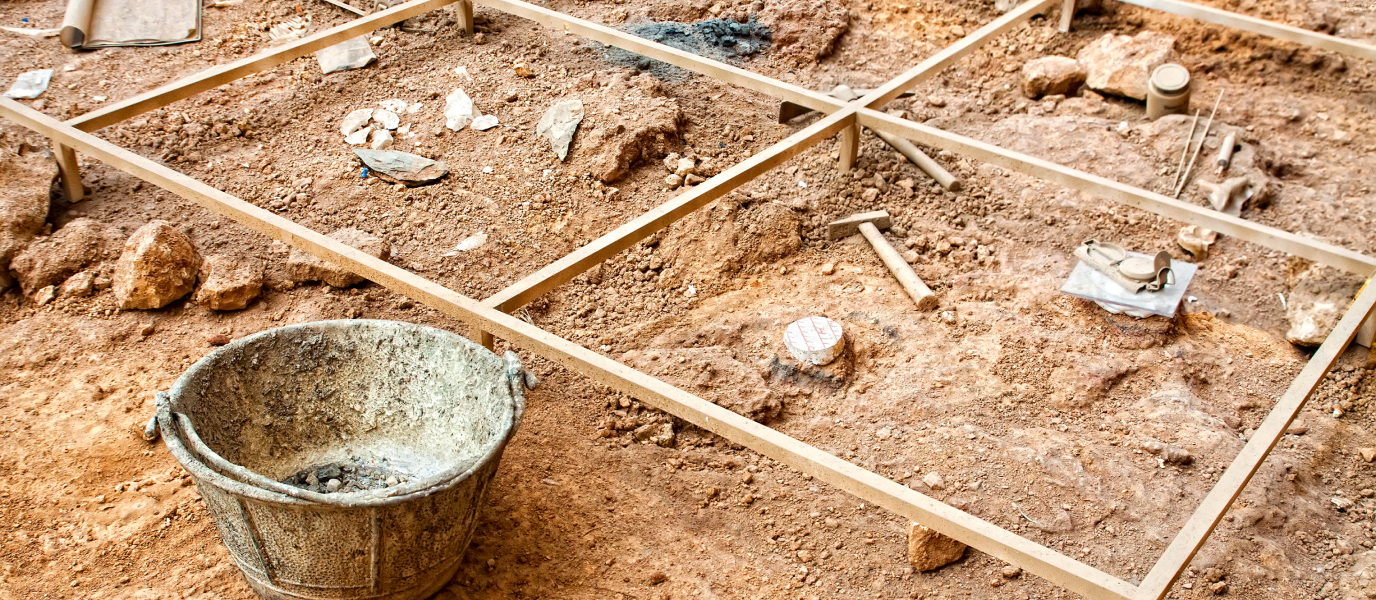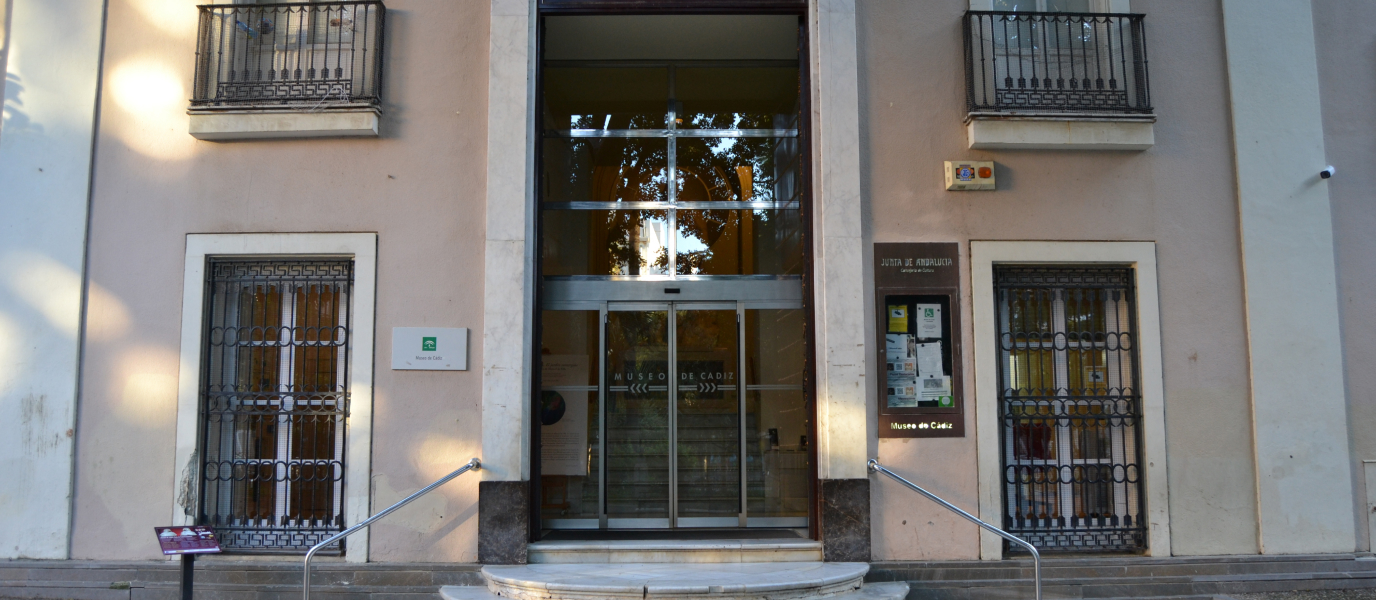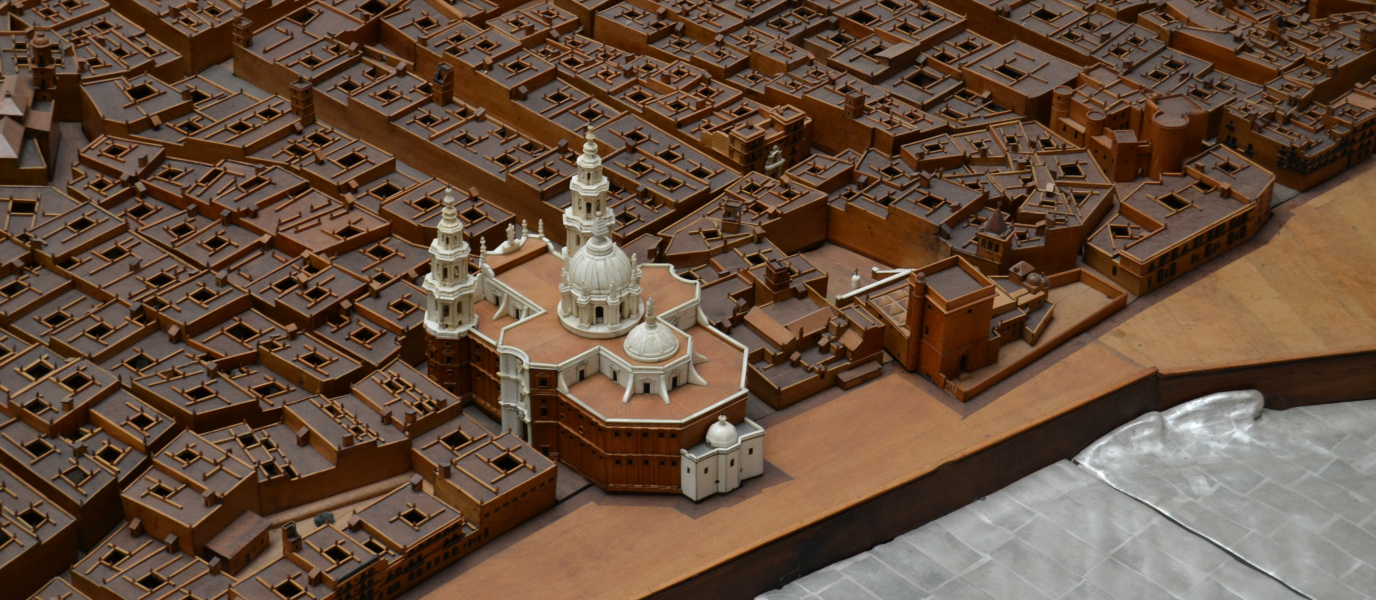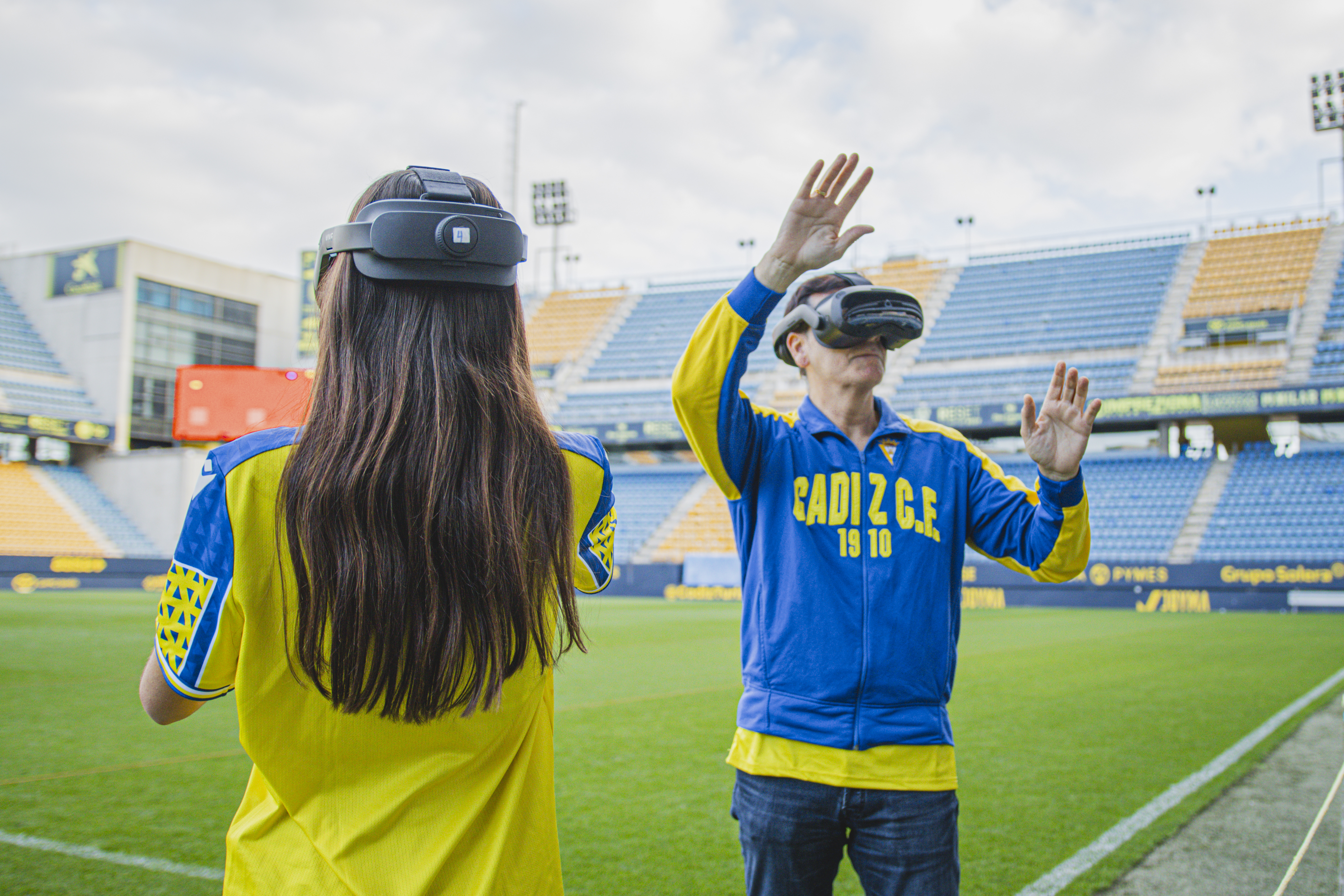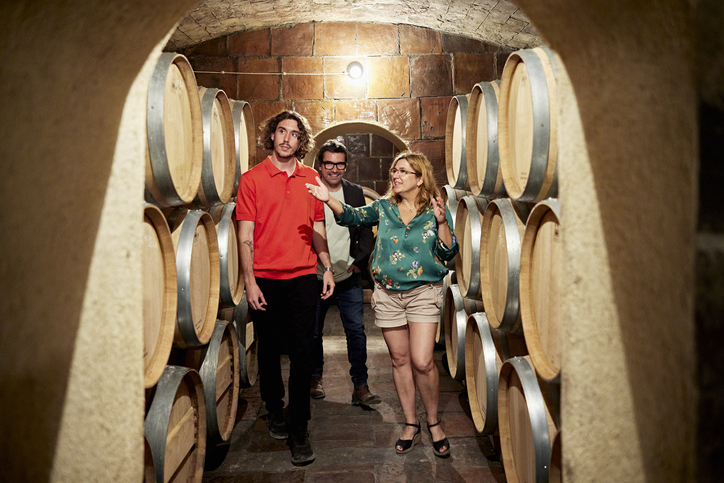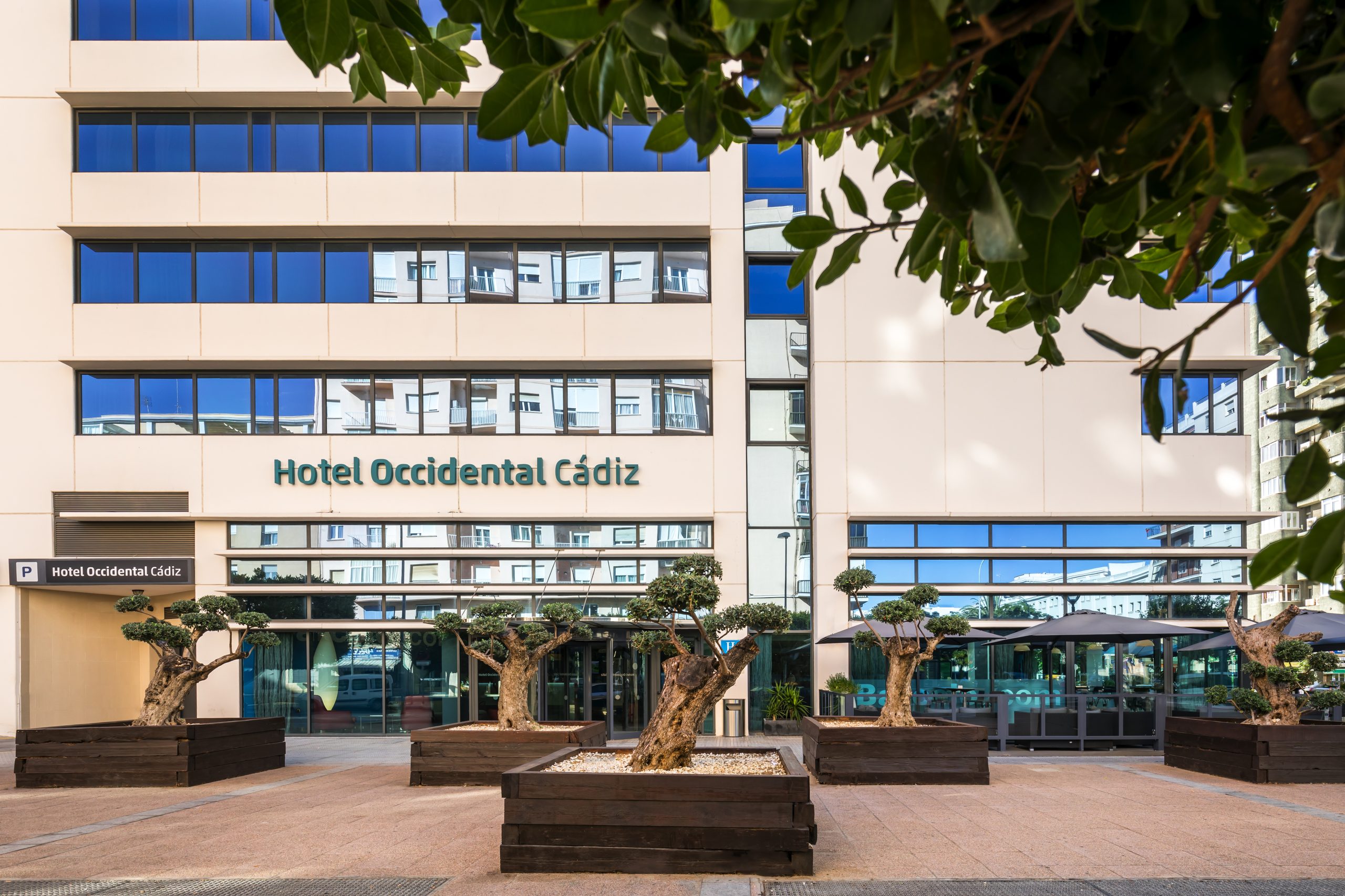The Gadir archaeological site is one of the great surprises that Cádiz has to offer its visitors.
Firstly, thanks to its location—nine metres below the Teatro del Títere [Puppet Theatre], formerly known as the Teatro de la Tía Norica.
Secondly, due to the quality of the remains that have been found, which allowed to determine that the Phoenicians were present in Cádiz around the ninth century BC.
And thirdly, a visit to the Gadir archaeological site is nothing like other similar archaeological complexes. Here, by means of a crime-style film, visitors are introduced to the origins of the city, before being showed the findings accompanied by explanations from archaeology experts.
The Gadir site and modern-day Cádiz
A visit to the Gadir archaeological site allows you to discover how different modern-day Cádiz actually is from what was found by the Phoenicians, who arrived here 3,000 years ago from Tyre in Lebanon, and founded Gadir, considered the first city in Western Europe.
On two islands in the Gadeirai archipelago, the Phoenicians decided to establish a commercial base from which to trade goods with settlements on the Iberian Peninsula. Gadir formed part of what some historians have baptised the ‘Phoenician belt’, around the Strait of Gibraltar.
The islands, situated in front of the mouth of the Guadalete river, were called Erytheia and Kotinoussa and were narrowly separated by a maritime canal. The mouth of the canal became the port where Phoenician boats docked, located right on what is today La Caleta beach.
The third island in the archipelago was known as Antipolis. Over the centuries, the sediment carried along by the Guadalete river ended up connecting the three islands, which also became joined to the Iberian Peninsula by means of the isthmus that still remains between Cádiz and the town of San Fernando.
What’s more, the physical make-up of the Bay of Cádiz and riverside towns such as El Puerto de Santa María and Rota changed dramatically due to the tsunami caused by the so-called Lisbon earthquake in 1755.
The Gadir archaeological site: what is it?
The discovery of the Gadir archaeological site happened, as often occurs, by chance. However, it has long been known that the earth below Cádiz is brimming with historical remains, so it was a relatively moderate surprise. Nevertheless, nothing foresaw that the restoration of the ancient Tía Norica theatre, now the Puppet Theatre, would become an archaeological site of such importance.
Both the theatre’s restoration and the excavations and work to make the Gadir archaeological site fit for visitors lasted for several years. In 2014, it finally opened to the public and, since then, has become one of the city’s main attractions.
This is thanks in part to its importance and the good condition of the constructions and flooring that was discovered, as well as the way in which it is presented to visitors: firstly, via a fictional film based on the way of life in Phoenician Gadir, and secondly, thanks to comprehensive explanations from guides whilst you traverse the glass walkways situated on top of the site itself.
The site’s main discoveries
What can be seen in the Gadir archaeological site? Well, it actually consists of two sites in one. On the lower level, part of the walls of eight Phoenician homes can be seen, as well as an outline of the streets that joined them. The walls of the houses were built using the area’s characteristic piedra ostionera, a local porous rock.
On the upper level, there are the remains of a fish production facility, with its brining pools, built during Roman times, as well as the remains of a dying factory and a cistern, all dating from the mid-second century BC.
However, the protagonist of the Gadir archaeological site is a character given the fictional name of Mattán, whose story lends a voice to the visit. The character was inspired by a human skeleton that was discovered during the excavations, belonging to a man between 20 and 30 years old, who perished during a fire around the seventh century BC. The skeleton of a cat, in addition to diverse instruments of everyday use, were also found.
Other archaeological remains in Cádiz
The Gadir archaeological site is not the only one in Cádiz, not by a long shot. In a city with so much history, it’s logical that remains of the past emerge as soon as the smallest excavations are made, explaining the existence of various archaeological spaces, including:
- The Roman Theatre: The first stones from the theatre were discovered in the 1980s. Although it cannot be viewed in its entirety, as several buildings were built on top of it, it is the second largest Roman theatre on the Iberian Peninsula, after that of Córdoba.
- Casa del Obispo [Bishop’s House]: Coming here is a perfect way to top off everything you’ve learnt at the Gadir archaeological site. Although it is conceived more as a museum, the interactive panels and walkways above the different remains make it a highly entertaining place.
- Museo de Cádiz [Cádiz City Museum]: The archaeological department of this museum has some of the main artefacts found in the city and part of the province on display.
- Doña Blanca Settlement: Despite not being in Cádiz but in the vicinity of El Puerto de Santa María, Gadir cannot be fully understood without taking this place into consideration. Home to the port connecting the Gadeirai islands and the Iberian Peninsula, it became separated from the coast by various kilometres after the Lisbon earthquake.







































































